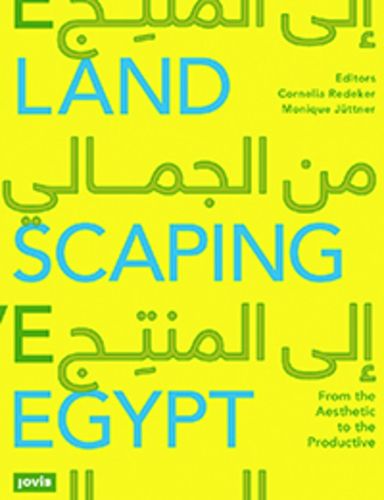Readings Newsletter
Become a Readings Member to make your shopping experience even easier.
Sign in or sign up for free!
You’re not far away from qualifying for FREE standard shipping within Australia
You’ve qualified for FREE standard shipping within Australia
The cart is loading…






Egypt-one of the oldest agrarian civilizations and fastest-growing countries in the world-is characterized by ongoing anthropogenic transformations of its territory, and especially of the Nile. Current landscape designs are strongly influenced by modernist, lifestyle-oriented design approaches, while water and food scarcity, rapid urbanization, and the impact of climate change call for new landscape models.
Reflecting on multidisciplinary design potentials, this book focuses on innovative landscape models. Native productive plants and cyclic design models are considered through the eyes of local and international practitioners, researchers, and design professionals engaged in newly emerging practices. With the goal of making these resources and models more productive, aesthetically valuable, and applicable in formal and informal contexts, Landscaping Egypt offers a new repertoire for designing open spaces in a hands-on way. While the examples focus on the primarily arid Egyptian context, many concepts are site-independent, multi-scalar approaches that are globally transferrable to other situations.
$9.00 standard shipping within Australia
FREE standard shipping within Australia for orders over $100.00
Express & International shipping calculated at checkout
Egypt-one of the oldest agrarian civilizations and fastest-growing countries in the world-is characterized by ongoing anthropogenic transformations of its territory, and especially of the Nile. Current landscape designs are strongly influenced by modernist, lifestyle-oriented design approaches, while water and food scarcity, rapid urbanization, and the impact of climate change call for new landscape models.
Reflecting on multidisciplinary design potentials, this book focuses on innovative landscape models. Native productive plants and cyclic design models are considered through the eyes of local and international practitioners, researchers, and design professionals engaged in newly emerging practices. With the goal of making these resources and models more productive, aesthetically valuable, and applicable in formal and informal contexts, Landscaping Egypt offers a new repertoire for designing open spaces in a hands-on way. While the examples focus on the primarily arid Egyptian context, many concepts are site-independent, multi-scalar approaches that are globally transferrable to other situations.